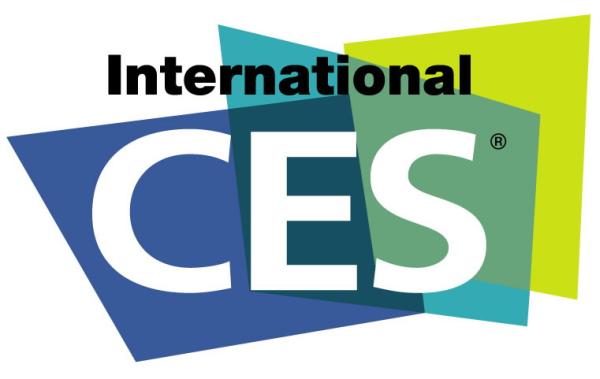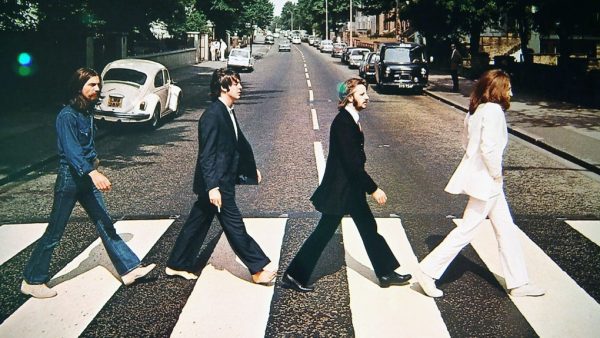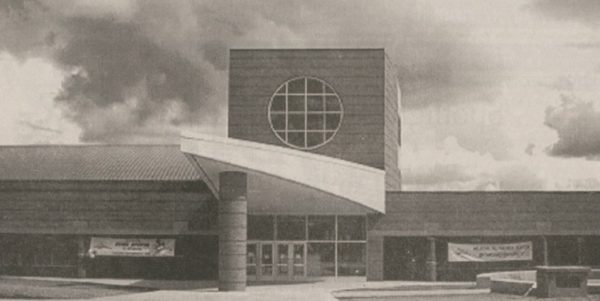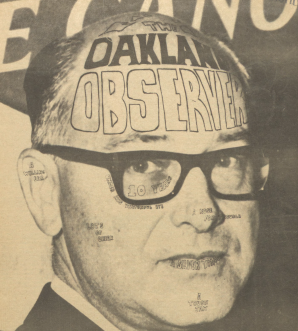2011 Consumers Electronics Show announces the top of tech

Within the next year, consumers will be able to view 3-D pictures and films without glasses, video chat on a mobile device from anywhere in the United States, and print photos from a handheld printer that is light enough to carry around in a bag.
The annual Consumer’s Electronics Show, held in Las Vegas Jan. 6-9, featured gadgets—from smartphones to laptops to cars with Segway technology—setting the stage for the future of consumer technology.
Sony
Largely known for advances in gaming technology with the Playstation 3, Sony has decided to refocus the majority of its efforts on 3-D technology, announcing many new prototypes, televisions and photo tools for the first quarter of the year.
Sir Howard Stringer, Chairman, CEO and President of Sony Corporation, predicted that by March, more than 50 million homes in the United States would be Internet- enabled via Sony Wi-Fi Blu-ray players, Internet TV or the PS3.
Stringer declared 2011 as beginning the next phase of Sony’s 3-D strategy, taking 3-D from the theaters and making it personal.
Sony prototypes and televisions, including a new 55-inch LCD TV, use Gorilla Glass, an unscratchable, unshatterable material, to improve visuals.A 3-D headset, which completely covers the eyes, produces a high quality, high contrast display for left and right eyes. The headset provides a theater-like display with strong sounds and what will be visually captured as a large screen.Sony also announced the first market 3-D camcorder, the Handycam HRD-TD10, equipped with 10x zoom and a 3.5 inch display that does not require glasses to watch playback in 3-D. The camcorder will sell for approximately $1,700.Gran Turismo 5 launched in late November with 3-D capability, and Killzone 3 will be on shelves mid-February. Uncharted 3, the third 3-D title in PS3’s lineup , is scheduled for release on Nov. 1.
Kno Reader
Specifically designed for students, the Kno Reader, a Linux-powered tablet, can hold ten semesters worth of content, books and collaboration software.
Users can see the full e-textbook and take notes, research with Internet capability, and the Reader allows students to use Facebook, Twitter and Google docs.
“Our notion is textbooks are large and you need to be able to see them; e-textbooks have been available for 10 years and have not taken off at all,” said Osman Rashid, CEO and cofounder of Kno, Inc. “(Students) need a form factor that works for them with a large screen. The ability to write is also a pro for them.”
The 14-inch single screen sells for $599, and the dual screen for $899.
Verizon
32 days after Verizon’s December announcement of LTE 4G coverage, attendees to their press conference on CES 2011’s kickoff day looked forward to several devices to support LTE.
Tony Malone, VP of Network Operations Support, announced the company would add 140 LTE markers across the nation this year, including coverage in Detroit. The LTE network features a download speed of five-12 megabits per second.
Ten consumer devices were added to Verizon’s market, including four smartphones, two tablets, two mobile hotspots and two notebooks.
The HTC Thunderbolt, Droid Bionic and LG Revolution, three of Verizon’s new smartphones, will be powered by Android version 2.2.
“Let me tell you: it’s blazing fast,” said Peter Chao, HTC’s CEO, who admitted to using the Thunderbolt as his personal device.
Travis Boatman from EA Games announced a partnership with Verizon to bring the video game Rockband to mobile devices with LTE 4G. Rockband mobile will enable users to play the game with friends from any location.
“Imagine if you were playing from New York, on a train or on a bus, no matter where you are,” said Boatman.
Verizon representatives were unable to comment on pricing for the new devices, though the company has hinted at keeping current pricing: $50 for five gigabytes, and $80 for 10 gigabytes.
Skype mobile will be deeply integrated into new smartphones with front facing cameras, said Tony Bates, CEO for Skype. Skype contacts and statuses will be added to the address book, allowing Skype users to make free calling at any time.
“People can now easily connect with people face to face right from the smartphone,” said Chao, announcing the Skype integration would be available on the Thunderbolt. “And the video streaming over 4G is incredible with the huge 4.3 vivid super LCD screen it brings to life.”
Representatives from each respective company announced the 4G enabled
Galaxy Tab from Samsung, a Compaq mini netbook with LTE compatibility, and the Motorola Xoom tablet, running Android version 2.3.
Polaroid
Polaroid is taking dreams from fans of Lady Gaga and making them reality, announcing the birth of three devices from the partnership of the company and musician.
The first and most prominent gadget to be part of the Lady Gaga line is a pair of photographing sunglasses. The glasses can be worn as normal sun shades, but they also have the capability to take photos and videos.
The earpiece on the glasses can be removed to reveal a USB to upload photos on a computer. The glasses can also send photos via Bluetooth to a printer.
“Of course the glasses are very exciting because we are merging fashion and technology together,” said Gaga, who attended Polaroid’s press conference to announce the devices. “We’re creating something that’s innovative and cultural.”
To pair with the glasses, a handheld printer will soon be on the market for portable printing.
Lady Gaga presented the printer on stage with a full demonstration, taking a photo of the crowd from her blackberry and sending it via Bluetooth to the printer. The process took a total of 40 seconds.
“I suppose many of you here are nerdy enough to carry around a mobile printer with you,” Gaga said. “I know I will.”
The printer is not compatible with the iPhone and prints 3×4 inch photos.
Polaroid also offers a Gaga-inspired camera, which takes Polaroid photos as well as digital. The camera holds a maximum of 10 photo sheets.
PCs, laptops and tablets
The Asus EPC Transformer offers the best of both worlds, featuring a tablet computer that locks into a laptop dock. The dual- unit runs the Android operating system and is slated to release with a $699 pricetag.
HP’s newest addition to the Pavilion line, the DM1, features an Advanced Processing Unit, rumored to be the successor to the CPU. The laptop is designed for gaming and watching 1080p videos, although the 11-inch screen categorizes the device as a netbook. The laptop is expected to release at $450.
The Acer Iconia pioneers dual screen technology in a laptop. Both screens can be used as a touch-screen monitor, and placing 10 digits on the bottom screen brings up a full keyboard. Touching the bottom screen with five fingers will produce a media reel.
Prototypes
Although the prototypes announced at the show have no timetable, two of the future gadgets have taken a lot of public attention.
The Razor Switchblade is a mini-sized netbook featured for gaming. The keyboard on the netbook has a customizable keyboard, which changes the arrangement of keys to make hotkeys for individual games easy to access.
Toshiba is also working on developing eyeglass-free 3-D technology for the laptop. The technology is expected to use the webcam to adjust the focus of the 3-D film based on the location of the eyes.
Videos of CES keynotes and more information can be found at www.cesweb.org







